
The early 2000s had a kitchen culture all its own. Shelves in grocery stores carried products that felt futuristic, restaurants leaned into wild experiments, and home cooks followed every new diet craze like it was gospel. Many of those foods defined the decade before fading into the background. A few survive in small ways, but most of them belong to memory now, tucked away with flip phones and MySpace.
Atkins-Friendly Everything

For a while, bread baskets became villains. Sandwiches were wrapped in lettuce, pasta got swapped for zucchini ribbons, and snack bars carried “low-carb” badges like medals. The Atkins diet drove companies to churn out carb-free versions of almost everything. People tried to believe life without bread was sustainable, but it wasn’t. Slowly, carbs crept back, and the low-carb cookies and crackers vanished as quickly as they appeared.
Bottled Coffee Drinks

You’d spot them lined up in gas station fridges: heavy glass bottles filled with mocha or vanilla-flavored coffee. They seemed indulgent at the time, a way to sip café style without stopping at a café. But trends moved on. Cold brew, nitro, and fresher options made the old bottled versions feel flat. They still exist in small corners, but the hype that once surrounded them has fizzled.
Cupcake Shops
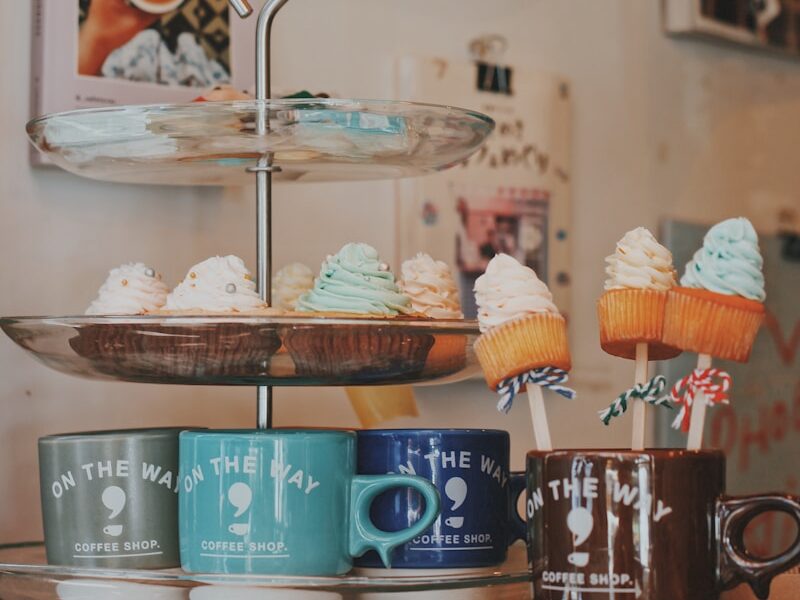
For a stretch, cupcakes were the star of the dessert world. Shops offered endless varieties, decorated with swirls, sprinkles, and glittering toppers. People stood in long lines just to get a box. They were more about presentation than substance, and eventually the shine wore off. By the mid-2010s, many shops had closed. Cupcakes never disappeared, but the era when they carried a whole industry is gone.
Vitamin Water
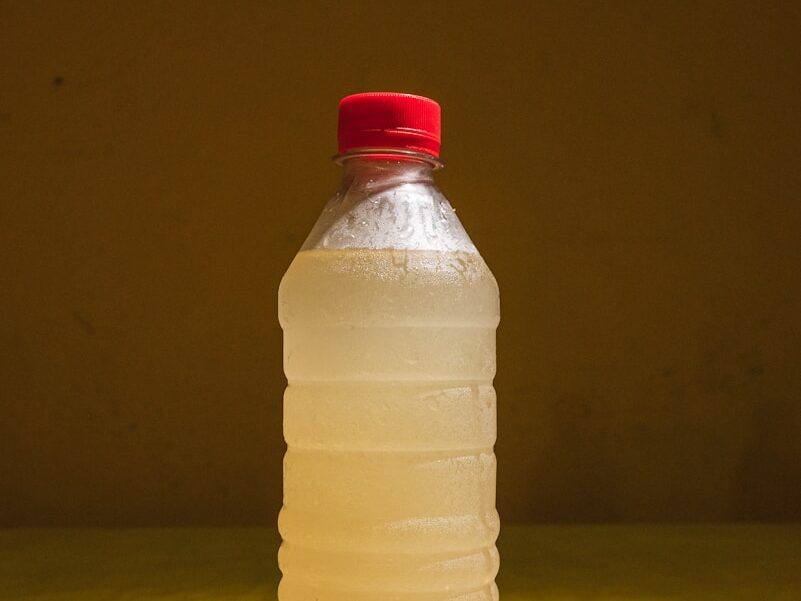
Those brightly tinted bottles seemed like the answer to soda. A little sugar, some vitamins, and clever names made them feel like the healthier choice. Celebrities carried them, vending machines overflowed with them, and they briefly felt aspirational. But the illusion didn’t last—most people realized they were paying for water mixed with flavoring and sugar. Other health drinks took over, leaving Vitamin Water to fade from the spotlight.
Low-Fat Snacks
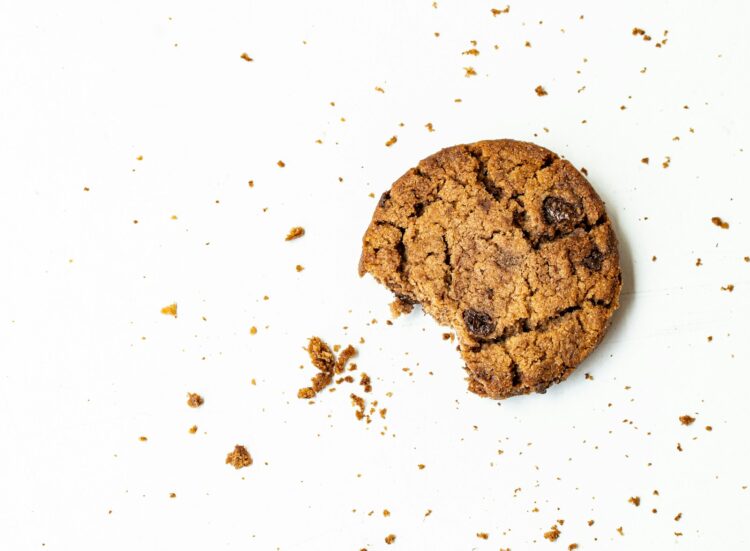
The snack aisle in the 2000s shouted “low-fat” from every label. Cookies, chips, crackers—everything came in a version promising fewer grams of fat. For a while, people bought into it and were convinced fat alone was the enemy. Later, the spotlight shifted to sugar and processing. The “low-fat” stamp quietly vanished from packaging. Looking back, it feels like a time when marketing won out over actual health.
Molecular Gastronomy

Smoke drifted off plates, foam sat where sauce should be, and everyone at the table whispered about how clever it was. The photos looked great. The bites were tiny. It felt futuristic for a season, like food had turned into a magic trick. But the fun wore off once people realized they were leaving restaurants still hungry. The gimmick stayed in memory. The appetite didn’t.
Energy Bars Everywhere
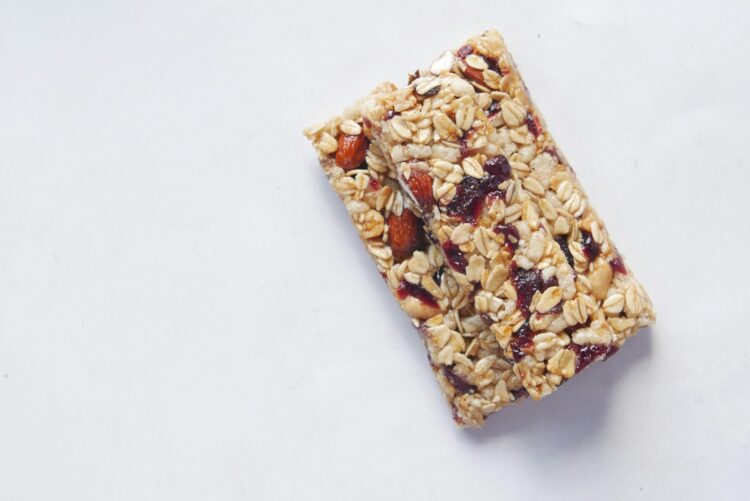
There was a point when it felt like every pocket, desk drawer, and gym bag had an energy bar tucked inside. They promised power and endurance and sometimes even weight loss. At first, they seemed like smart convenience. Over time, people noticed many were just candy bars dressed up with protein. Fresh snacks began to take over, and the obsession with packaged bars lost its edge.
Smoothie Chains
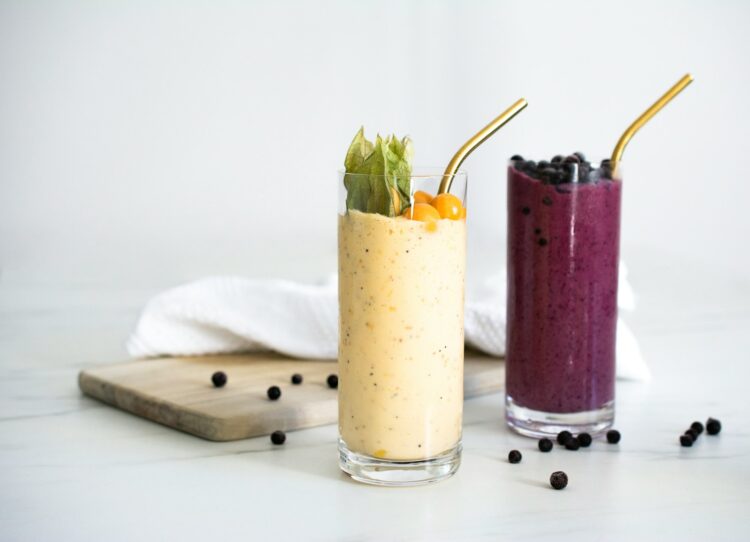
Shopping malls and busy city corners sprouted smoothie shops that promised health in a plastic cup. They blended frozen fruit, powders, and boosters with names tied to immunity or energy. For a while, they replaced meals for many people. But the hidden sugars and steep prices caught up with the trend. A few chains still hang on, but the smoothie boom that swept the 2000s has faded.
Sun-Dried Tomatoes

Menus in the 2000s seemed obsessed with them. They were tucked into pasta dishes, layered on sandwiches, or sprinkled across salads. The chewy texture and sharp flavor made them stand out for a time. But after years of overuse, people craved something fresher and lighter. So roasted vegetables and fresh tomatoes replaced them. Sun-dried tomatoes didn’t vanish entirely, but their moment as the ingredient of the decade ended.
Pomegranate Everything

Few fruits carried the kind of hype pomegranate once did. Juices, snacks, and health drinks advertised antioxidants as if they were magic. People poured glasses daily, believing the marketing. It was tart, it was bold, and it seemed destined to last. But like all superfood crazes, it passed. Other fruits took the spotlight, and pomegranate slipped back into its regular place in the produce section.
Gourmet Flavored Popcorn

Popcorn bags coated with cheddar, caramel, or even exotic flavors like truffle oil became a mall staple. Shops sold them as gourmet treats, turning a movie snack into something gift-worthy. For a while, people bought tins as holiday presents. But the excitement didn’t last. Eventually, popcorn went back to basics: butter and salt. The extravagant flavored versions live on in specialty stores, but the trend lost its mass appeal.
Acai Bowls
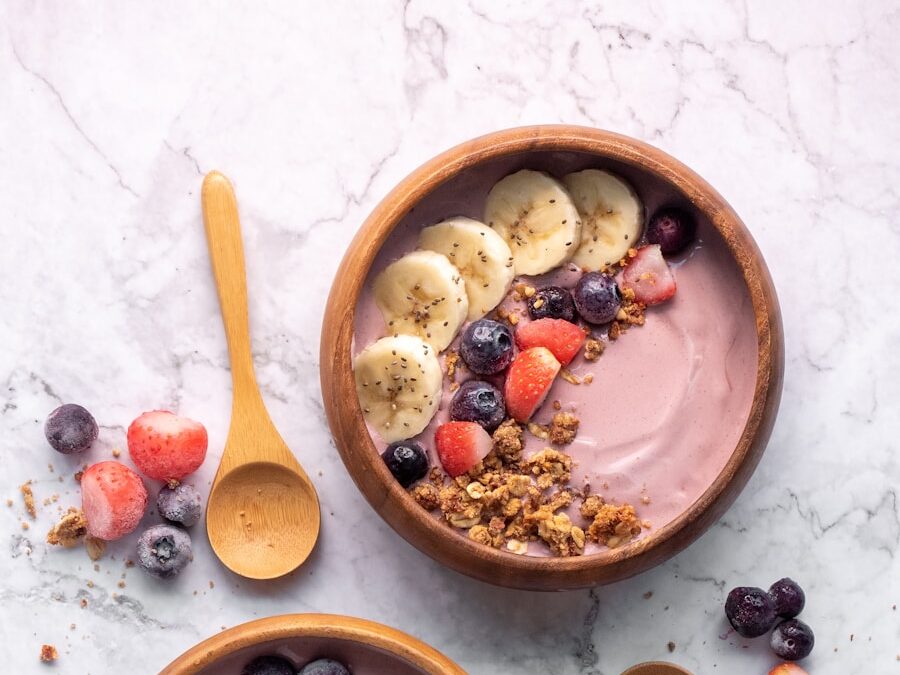
Colorful, photogenic, and tied to wellness, acai bowls arrived like a tidal wave. Topped with granola, fruit, and honey, they looked more like artwork than breakfast. For a while, they dominated café menus and health blogs. But the sugar content, price, and novelty caught up with them. They didn’t disappear completely, but the frenzy that once surrounded them belongs firmly to the early 2000s.
Flavored Martinis
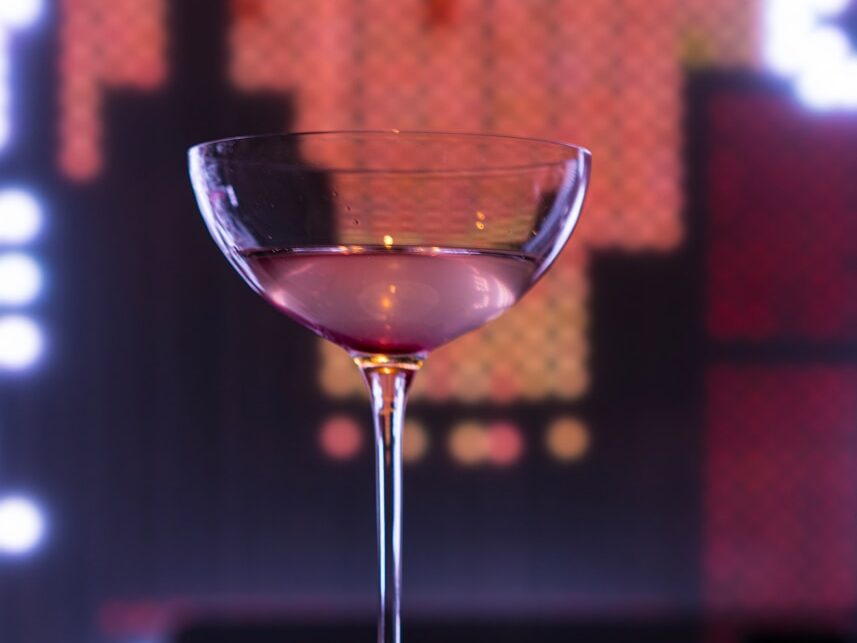
Apple, chocolate, espresso—bars in the 2000s turned martinis into candy-colored cocktails. They felt glamorous, served in sleek glasses under neon lights. For a few years, they defined nightlife. But the drinks often leaned more sweet than sophisticated. As cocktail culture grew more serious, with craft spirits and simpler recipes, flavored martinis began to feel dated. Today, they’re remembered more as kitsch than class.
Frozen Yogurt Chains
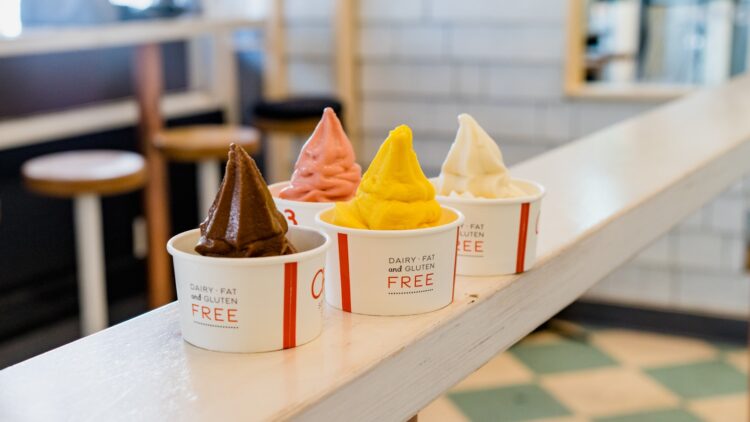
Self-serve frozen yogurt shops spread quickly, letting customers pile on toppings and call it healthier than ice cream. Whole neighborhoods had multiple locations, each competing with endless varieties. At first, it worked, but the market became oversaturated and the novelty faded soon. Many shops closed, leaving behind only a few survivors. The craze burned bright, then fizzled out almost entirely.
Kale Chips
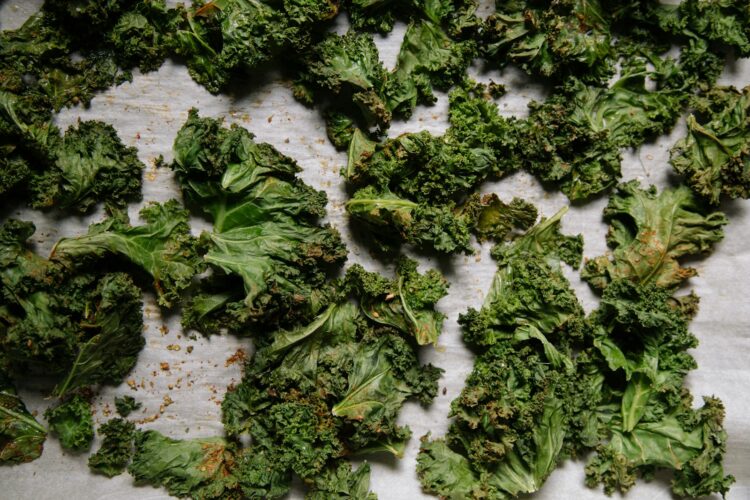
Kale itself stayed, but its chip form belonged to the 2000s. Grocery shelves filled with bags promising crunch and nutrition in one. Health blogs praised them, and people tried hard to convince themselves they tasted good. Some stuck with it, most didn’t. They were expensive, fragile, and never really replaced regular chips. Today, kale is still around, but the chip fad is little more than a memory.

